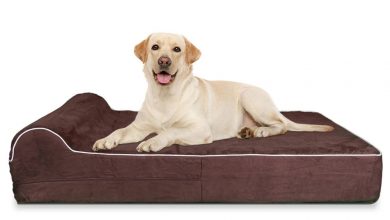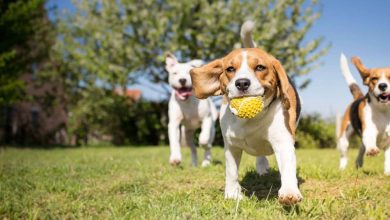Why Does My Dog Sit In Between My Legs

1. Introduction
Dogs are amazing creatures and can be incredibly loyal and loving companions. One of the most common behaviors that dogs display is sitting in between their owners’ legs. This behavior can be both endearing and confusing, as it is not always clear why a dog would choose to sit in such an intimate spot. In this article, we will explore the reasons why your dog might be sitting in between your legs and how to discourage any unwanted behavior.
2. What is Dog Sitting?
Dog sitting is when a dog chooses to sit in between their owner’s legs, or another person’s legs for that matter. This behavior is seen in all breeds of dogs, from small Chihuahuas to large Great Danes, and is usually done as a sign of affection or comfort.
3. Reasons Why Dogs Sit in Between Your Legs
There are many potential reasons why your dog may be sitting in between your legs, but these are some of the most common:
4. Comfort and Security
One of the primary reasons why dogs like to sit between their owners’ legs is for comfort and security. By doing so, they feel protected and surrounded by their favorite person. This behavior has been observed in puppies as young as 8 weeks old, so it could be that they are seeking the same kind of comfort that they received from their mother when they were younger.
5. Attention Seeking Behavior
Your dog may also be sitting in between your legs because they are seeking attention from you. Dogs are social animals and crave interaction with their owners, so if your pup is sitting in between your legs then they may simply be trying to get you to interact with them more often.
6. Territorial Behavior
In some cases, dogs may sit between their owners’ legs as a way of claiming ownership over them or marking them as part of their territory. This behavior can be seen more often in male dogs than female dogs and tends to occur when there are other people or animals around that the dog perceives as a threat.
7. Affectionate Behaviour
Another possible reason for your pup sitting between your legs is because they are trying to show you affection. Dogs express affection differently than humans do, so sitting in between your legs could simply be their way of expressing love for you.
8. Fear and Anxiety Behaviour
If your pup seems anxious or scared when other people or animals are around then they may be trying to seek comfort by sitting between your legs. This behaviour can also manifest itself if there is something new or unfamiliar happening around them such as a loud noise or sudden movement which makes them feel unsafe or threatened.< h2 > 9 . Training and Repetition < / h 2 >
In some cases, dogs may have learned this behaviour through repetition over time if it has been rewarded with treats or praise each time they do it correctly . If this is the case , then it’s important to remember that consistent training and positive reinforcement will help to reinforce the desired behaviour .
< h 2 > 10 . How to Discourage Unwanted Sitting Habits < / h 2 >
If you do not want your pup to sit in between your legs then there are some steps you can take to discourage this behaviour . Firstly , try not to reward them with treats or attention when they do this , as this will only reinforce the behaviour . Secondly , if you need them to move away from you then use verbal commands such as “No” or “Off” whilst gently pushing them away from you . You should also make sure that there is plenty of space for them to move around freely without having to sit in between your legs . Finally , make sure that you provide plenty of playtime activities such as fetching toys , going for walks , playing games etc which can help divert their attention away from wanting to sit in between your legs .
< h 2 > 11 . Conclusion < / h 2 >
It’s clear that there are many potential reasons why your dog might choose to sit in between your legs , ranging from comfort and security , attention seeking behaviour , territorial behaviour , affectionate behaviour , fear and anxiety behaviour and even training and repetition . It’s important to remember that all dogs are different and what works for one pup may not work for another , so it’s best to experiment with different techniques until you find one that works best for both you and your pup .



